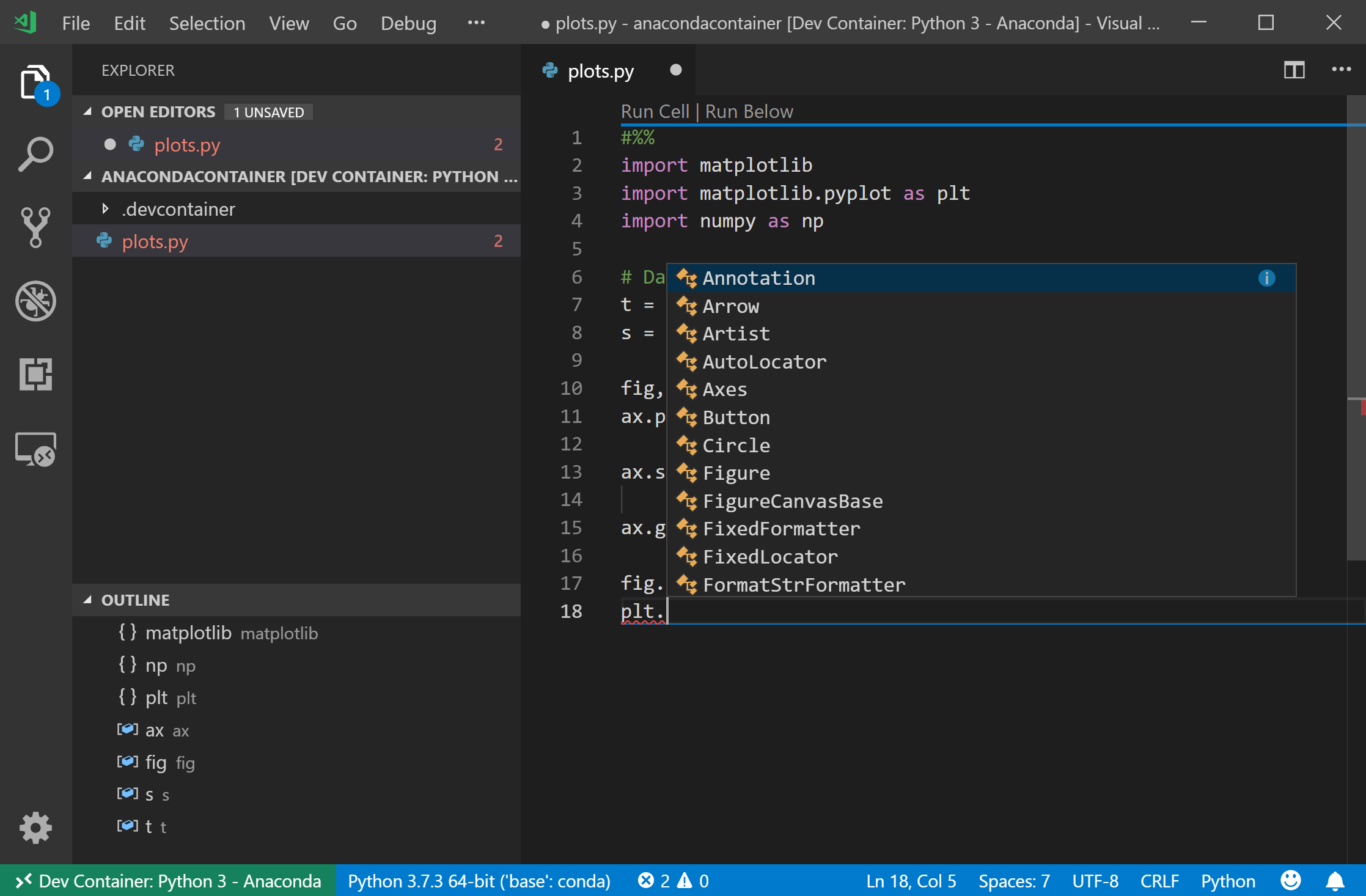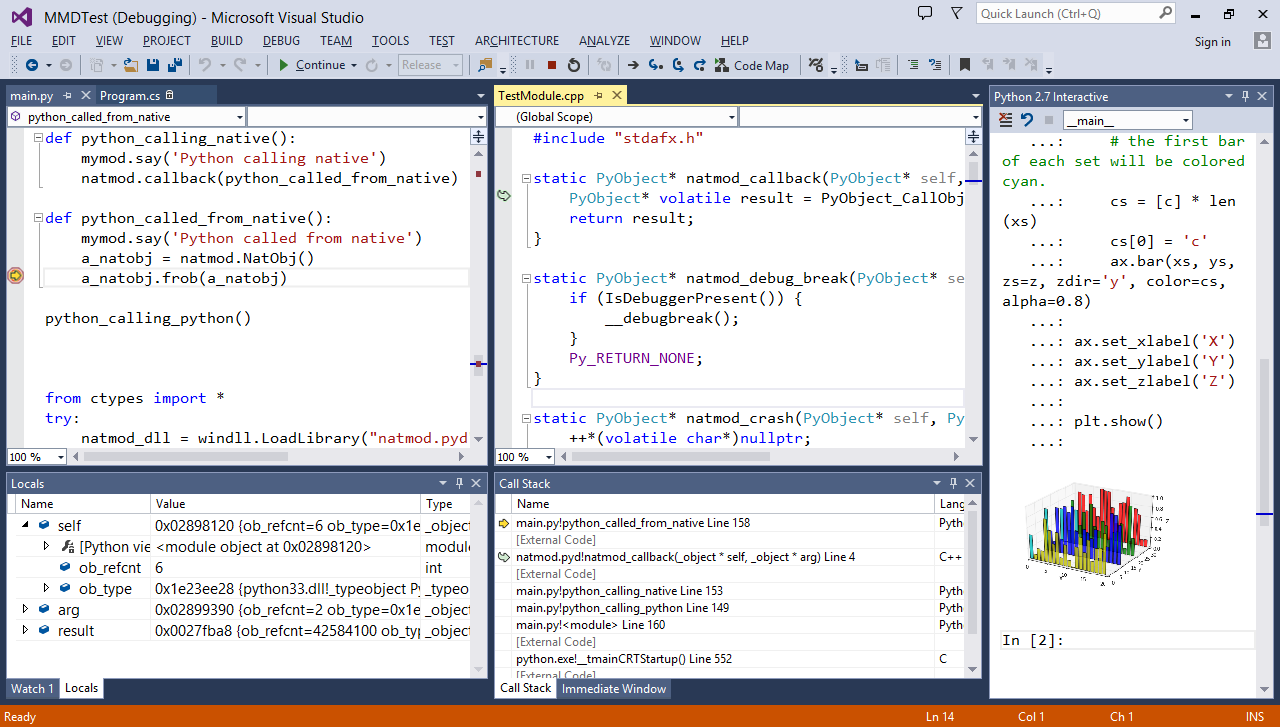

- GET STARTED TUTORIAL WITH PYTHON IN VISUAL STUDIO CODE HOW TO
- GET STARTED TUTORIAL WITH PYTHON IN VISUAL STUDIO CODE INSTALL
- GET STARTED TUTORIAL WITH PYTHON IN VISUAL STUDIO CODE CODE
- GET STARTED TUTORIAL WITH PYTHON IN VISUAL STUDIO CODE DOWNLOAD


Run Terminal: Create New Terminal ( ⌃⇧` (Windows, Linux Ctrl+Shift+`)) from the Command Palette, which creates a terminal and automatically activates the virtual environment by running its activation script. From the list, select the virtual environment in your project folder that starts with.
GET STARTED TUTORIAL WITH PYTHON IN VISUAL STUDIO CODE CODE
The command presents a list of available interpreters that VS Code can locate automatically (your list will vary if you don't see the desired interpreter, see Configuring Python environments). Then select the Python: Select Interpreter command: In VS Code, open the Command Palette ( View > Command Palette or ( ⇧⌘P (Windows, Linux Ctrl+Shift+P))). , or by running VS Code and using the File > Open Folder command. Open the project folder in VS Code by running code. If you use python.exe from an Anaconda installation, you see an error because the ensurepip module isn't available, and the environment is left in an unfinished state. Note: Use a stock Python installation when running the above commands. venv/bin/activate # Windows py -3 -m venv. venv/bin/activate # macOS python3 -m venv.
GET STARTED TUTORIAL WITH PYTHON IN VISUAL STUDIO CODE INSTALL
venv based on your current interpreter: # Linux sudo apt-get install python3-venv # If needed python3 -m venv. In that folder, use the following command (as appropriate to your computer) to create a virtual environment named. On your file system, create a project folder for this tutorial, such as hello_django. A virtual environment also makes it easy to Create a requirements.txt file for the environment. Using a virtual environment avoids installing Django into a global Python environment and gives you exact control over the libraries used in an application. In this section, you create a virtual environment in which Django is installed. If the Python interpreter's folder isn't included, open Windows Settings, search for "environment", select Edit environment variables for your account, then edit the Path variable to include that folder.Ĭreate a project environment for the Django tutorial You can check the location by running path at the command prompt. On Windows, make sure the location of your Python interpreter is included in your PATH environment variable.
GET STARTED TUTORIAL WITH PYTHON IN VISUAL STUDIO CODE DOWNLOAD
GET STARTED TUTORIAL WITH PYTHON IN VISUAL STUDIO CODE HOW TO
You create this app in the context of Visual Studio Code in order to understand how to work with Django in the VS Code terminal, editor, and debugger. In this Django tutorial, you create a simple Django app with three pages that use a common base template. Django includes rich support for URL routing, page templates, and working with data. Configure IntelliSense for cross-compilingĮdit Django Tutorial in Visual Studio Codeĭjango is a high-level Python framework designed for rapid, secure, and scalable web development.


 0 kommentar(er)
0 kommentar(er)
